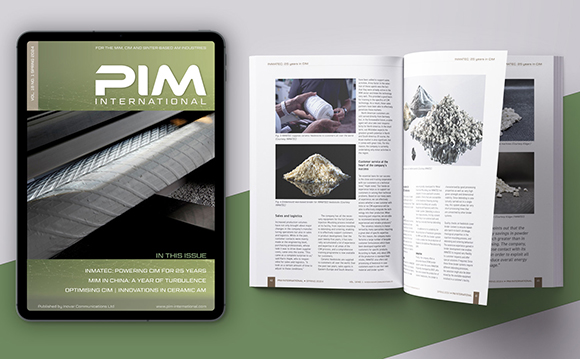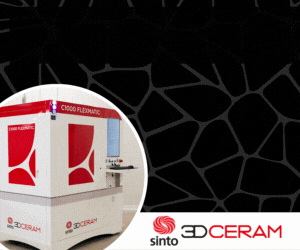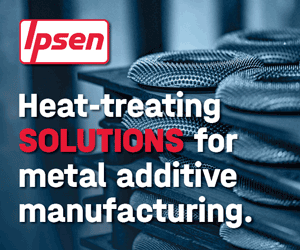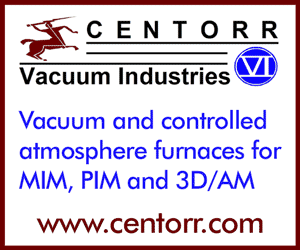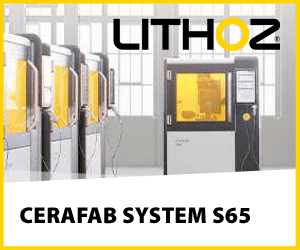PIM International, Vol. 3 No. 3 September 2009
Print copies of this issue are however still available to purchase for £35.00 including free shipping worldwide.
To order a print copy please email [email protected].
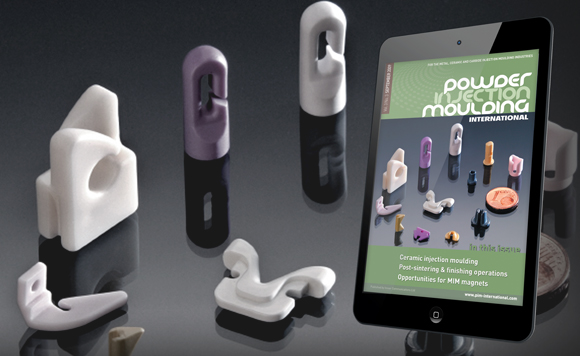
In this issue
In addition to 20+ pages of news from the metal and ceramic injection moulding industry, the 72 page September 2009 issue of Powder Injection Moulding International (Vol.3 No.3) includes the following articles and special features:
Ceramic injection moulding: a review of developments in production technology, materials and applications
Ceramic injection moulding (CIM) is a well established process for the mass production of complex shaped ceramic components.
In this extended review Dr. Tassilo Moritz and Dr. Reinhard Lenk from the Fraunhofer Institute for Ceramic Technologies and Systems (IKTS), Dresden, show how process and material developments have opened up a new world of possibilities for CIM, from micro parts to automotive, electronics and engineering solutions.
Back to basics: putting the finishing touches to metal injection moulded components
Although metal injection moulding (MIM) is a near-net shape process, the majority of components are not ready for shipping when they come out of the sintering furnace.
A wide variety of secondary operations are applied before products are delivered to the end user with, in many instances, a number of processes having been performed.
We continue our ‘Back-to-Basics’ series with a review of the main secondary and finishing operations applied to metal injection molded components.
The processing of advanced magnetic components by Powder Injection Moulding (PIM): current status and future opportunities
The demand for high performance soft and hard magnets has seen massive growth over the last 20 years and the current push towards electric vehicles is set to further increase demand on both performance and shape complexity.
Powder injection molding technology has an opportunity to further diversify into this potentially lucrative sector. In the following report for PIM International, Dr. Branislav Zlatkov presents an introduction to the use of magnetic materials and considers that challenges that exist for production via the powder injection molding route.
Fraunhofer IFAM: A commitment to industry oriented research helps drive MIM product development
As Fraunhofer IFAM celebrates its 40th anniversary, we visited the institute in Bremen, Germany, and met with Dr. Frank Petzoldt, IFAM’s Deputy Director.
In the following report, industry support services and longer term research activities are reviewed, as well as IFAM’s take on the outlook for the metal injection moulding industry.
Characterisation of alumina feedstock with polyacetal and wax-polymer binder systems for micro powder injection moulding
S. Laddha, C. Wu, S. Vallury, G. Lingam, S. Lee, K. Simmons, P. Thomas, B. Levenfeld, A. Várez, S.J. Park, S. Ahn, R.M. German, S. V. Atre
Powder injection moulding (PIM) is a cost-effective technique for producing small, complex, precision parts in high volumes from powders. To have a good understanding of the PIM process and to provide the necessary data for simulation studies, detailed characterisation of the powder-polymer mixture (feedstock) is essential.
In this paper, the characterisation of feedstocks consisting of alumina powder (median particle size of ~ 400 nm) with polymer/paraffin wax (Standard Mix) and polyacetal (Catamold AO-F, BASF) binder systems for micro powder injection moulding (µPIM) is reported.
It was found that the Standard Mix had lower viscosity and heat capacity as well as greater pseudo-plasticity compared to the Catamold AO-F. However, the results from Moldflow simulations and scanning electron microscopy inferred that the Catamold AO-F filled the microcavities (50µm) more efficiently than the Standard Mix.
In addition, the micro powder injection moulding of an alumina dental bracket was analysed using the Moldflow package following measurement of key feedstock material properties. A possible correlation was observed between the mould filling behaviour and the dimensional scatter of the sintered parts.
Magnetic properties of alnico 8 sintered magnets produced by powder injection moulding
B. S. Zlatkov, U. Bavdek, M.V. Nikolic, O.S. Aleksic, H. Danninger, C. Gierl, A. Erman
Magnets of the alnico group have a several times lower energy product compared to Re-Co and NdFeB magnets. However application of these latter magnets is limited by the maximum operating temperature of 180°C for NdFeB and about 350°C for Re-Co compared to 540°C for alnico.
Additionally, mechanical properties and thermal stability of magnetic properties, which are also important in practice, are much higher for alnico. PIM (powder injection moulding technology) is used for large scale manufacturing of small and highly complex parts, making it attractive to introduce alnico in PIM since complex-shaped anisotropic components can be obtained. This was studied in the present work.
First the alnico 8 starting powder was additionally milled until a mean particle size of d50=8 µm was attained. Properties of the original – as-received and as-milled powder were investigated using SEM and XRD analysis. The milled powder was then mixed with a solvent-type binder. The feedstock thus prepared was injected into a cylindrical mould.
Browse our PDF archive by year
The following years of Powder Injection Moulding International magazine are available to download in PDF format, free of charge, from our archive.




